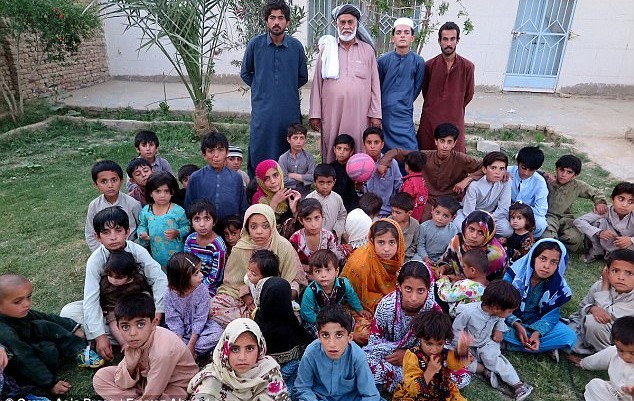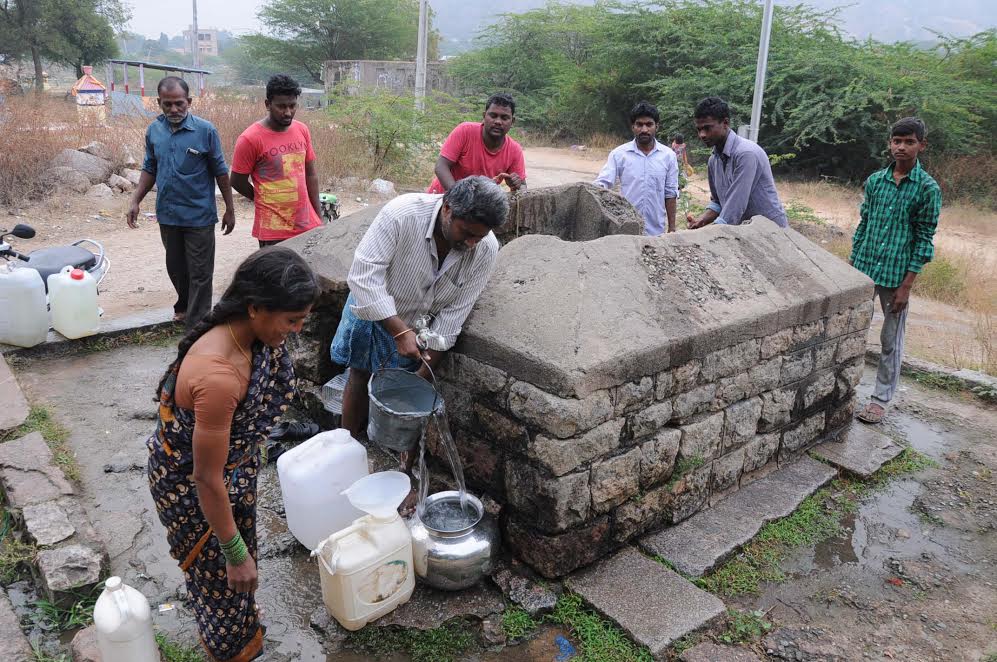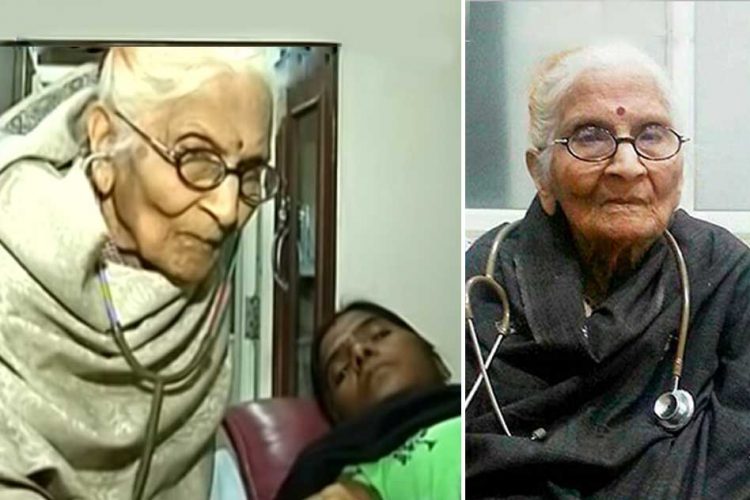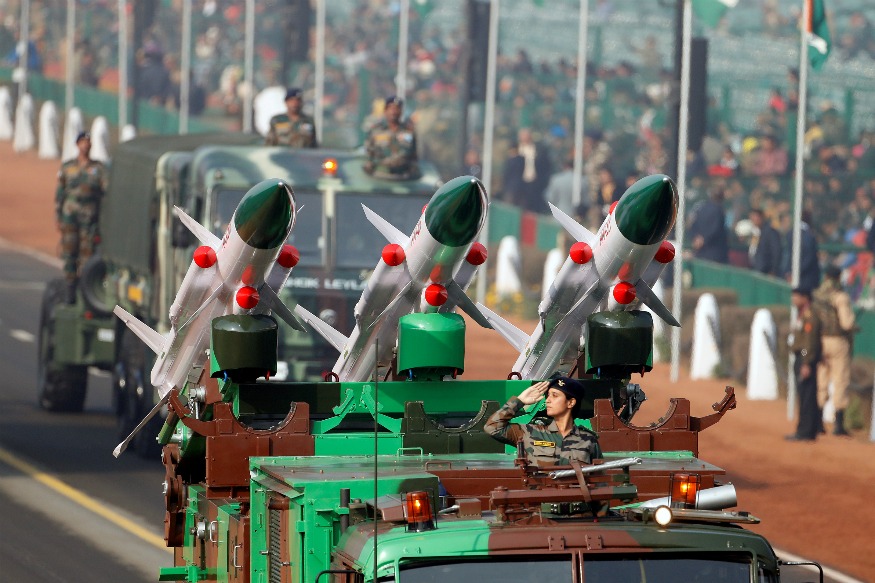70 years to historical Telangana’s peasants protest
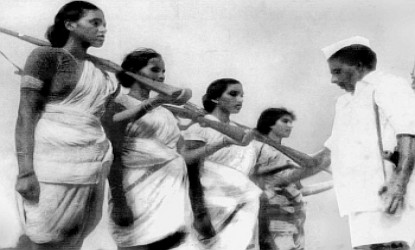
Because of its impact on the future of the communist movement in India and the way it highlighted the condition of the Indian peasantry, the peasant insurrection of 1946-51 in the Telangana region of the erstwhile Hyderabad state was a pivotal moment in the Indian history.
The movement has brought the peasantry struggle to the forefront and also served as a reminder of the sacrifices of many, who fought against the autocratic rule of Hyderabad Nizams and the feudal regime that concentrated power and land in the hands of a few.
After India became independent in August 1947, Hyderabad has exercised an option of remaining autonomous. Including Nizam and Majlis-I-Ittehad (MII), the bulk of the ruling majority, supported the call for “Azad Hyderabad”.
As majority of the population favored joining the Indian Union, the communists and AMS (Andhra Maha Sabha) aligned with the Congress in a broad pro-merger, anti-Nizam alliance. Within a short time, several ideological conflicts between the Congress and communists, has led to the dis-functioning of the alliance by January 1948.
It is then, the MII started growing in militancy. Their paramilitary forces, the razakars, were sent in hordes to suppress the peasant insurrection. They “raided and plundered the troubled villages, arrested or killed suspected and potential agitators, terrorized the innocent, and also abducted women as part of the campaign of punitive measures against the turbulent villages all over Hyderabad, but particularly in Telengana”.
Forming the village republics (gram rajyams), the communists functioned as parallel government in the areas under their control. Several groups of volunteers called dalams were organized to ensure the fighting squads when the razakars and/or police made raids.
CPI in February 1948 has introduced a new policy aimed at encouraging guerilla offensives, largely influenced by the success of the Telangana insurrection. The village republics have started redistributing the land to the landless agricultural laborers and evicted tenants, thus increasing the popularity of the movement. By August 1948, about 10,000 peasants, students and party workers were involved in the village squads and 2000 others formed mobile guerilla squads.
Indian army’s role
The Indian army with an intention of countering the Hyderabad violence has marched into the state on September 13th, 1948. Just in a week, Nizam, razakar squads and the police were surrendered.
Following the razakar’s capture, a military administration was set and a military offensive was directed at the peasant rebels in the Telangana. In the following 3 years, “in more than 2000 villages, lakhs of people were tortured and kept in (detention) camps for months and over 5,000 were imprisoned for years.”
The Jagir Abolition Regulation was issued on August 1949 by military administration, in an effort to co-opt peasant support and set up an Agrarian Enquiry Committee to recommend comprehensive land reform legislation. It was clear, though, whose side the state was on ; within two weeks the landlords started returning and regaining their lost land.
General J.N. Chaudhuri, the military governor made a statement from Hyderabad, calling all “communists to surrender within a week, failing which they would be exterminated.” The debate was then on within CPI, while few felt surrendering arms will appear as a betrayal of the people, few went forward to give up.
The call for disarming was not given in the Godavari forest region, and the military repression was intense. Several agricultural labors strike took place in between June-December 1949. Combing operations were on to hunt the armed dalams who hid in the forests. By the end of 1950, only isolated guerilla groups existed, there was little coordination among the village republics, and the severe military repression had taken its toll on the population, with a huge loss of life, and the movement weakened.
The Congress government, in the starting months of 1951, has made several conciliatory gestures towards CPI, and, after several rounds of negotiations, the CPI formally declared the struggle withdrawn on October 21, 1951.
Conclusion
The communist and socialist parties’ culmination of efforts is what represents the Telangana movement. The restless efforts of the peasantry against grave injustices represented a break away from traditionally more moderate reformist movements within the peasantry.

